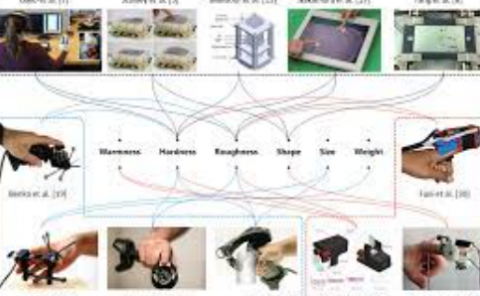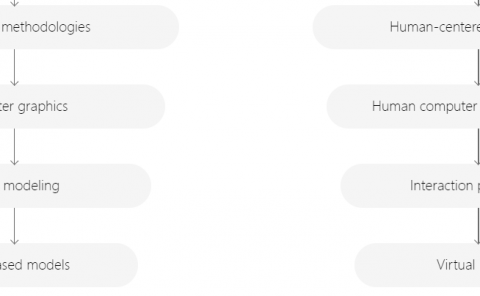Bounding Queue Delay in Cellular Networks to Support Ultra-Low Latency Applications
PubDate: Aug 2019
Teams: New York University
Writers: Soheil Abbasloo, H. Jonathan Chao
PDF: Bounding Queue Delay in Cellular Networks to Support Ultra-Low Latency Applications

Abstract
Most of the current active queue management (AQM) designs have major issues including severe hardship of being tuned for highly fluctuated cellular access link bandwidths. Consequently, most of the cellular network providers either give up using AQMs or use conservative offline configurations for them. However, these choices will significantly impact the performance of the emerging interactive and highly delay sensitive applications such as virtual reality and vehicle-to-vehicle communications.
Therefore, in this paper, we investigate the problems of existing AQM schemes and show that they are not suitable options to support ultra-low latency applications in a highly dynamic network such as current and future cellular networks. Moreover, we believe that achieving good performance does not necessarily come from complex drop rate calculation algorithms or complicated AQM techniques. Consequently, we propose BoDe an extremely simple and deployment friendly AQM scheme to bound the queuing delay of served packets and support ultra-low latency applications.
We have evaluated BoDe in extensive trace-based evaluations using cellular traces from 3 different service providers in the US and compared its performance with state-of-the-art AQM designs including CoDel and PIE under a variety of streaming applications, video conferencing applications, and various recently proposed TCP protocols. Results show that despite BoDe’s simple design, it outperforms other schemes and achieves significantly lower queuing delay in all tested scenarios.



